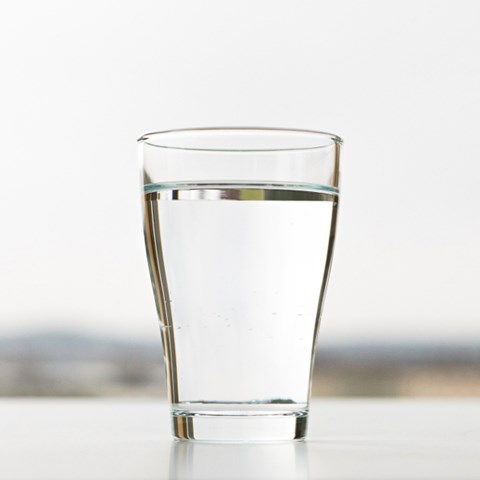Contact
Department of Aquatic Sciences and Assessment, Division of Geochemistry and Hydrology

The Genomljusning project aimed to improve the treatment of surface water for drinking water production using different optical, chemical and physical sensors along the treatment process.
The project Genomljusning started in 2017 and ended in 2020.
The results from the project are described in the final report ”Optiska sensorer inom dricksvattenberedning. Erfarenheter från SVU-projektet Genomljusning” which was published by Svenskt vatten. The report is witten in Swedish, with an English summary.
SLU news:
Publications:
In Sweden an increasing trend of natural organic matter (NOM) in surface water has been observed, which may cause problems for the production of drinking water. High concentration of NOM can affect the taste and odor of the produced water, growth of bacteria, viruses and parasites, as well as the formation of carcinogenic disinfection byproducts (DBPs).
NOM fluctuations in raw water and process water follow natural mixing in lakes and storm or snow melting events in running water. During these periods of the year, the drinking water plants can be faced with operational problems. NOM fluctuations can be easily followed using optical sensors, together with physico-chemical sensors. However, they are used only in a few, mostly larger, waterworks in Sweden.
Our research aimed to:
The project was financed by SLU, the Swedish water and waste water association, DRICKS, SafeDrink, DigiDrick and a cooperation of eight utilities in Sweden (Borås Energi och Miljö, Gästrike Vatten, Göteborg Kretslopp och Vatten, Norrvatten, Sydvatten, Tekniska Verken, Uppsala Vatten, VIVAB). The project was run in cooperation with Kathleen Murphy at Chalmers University, Göteborg.